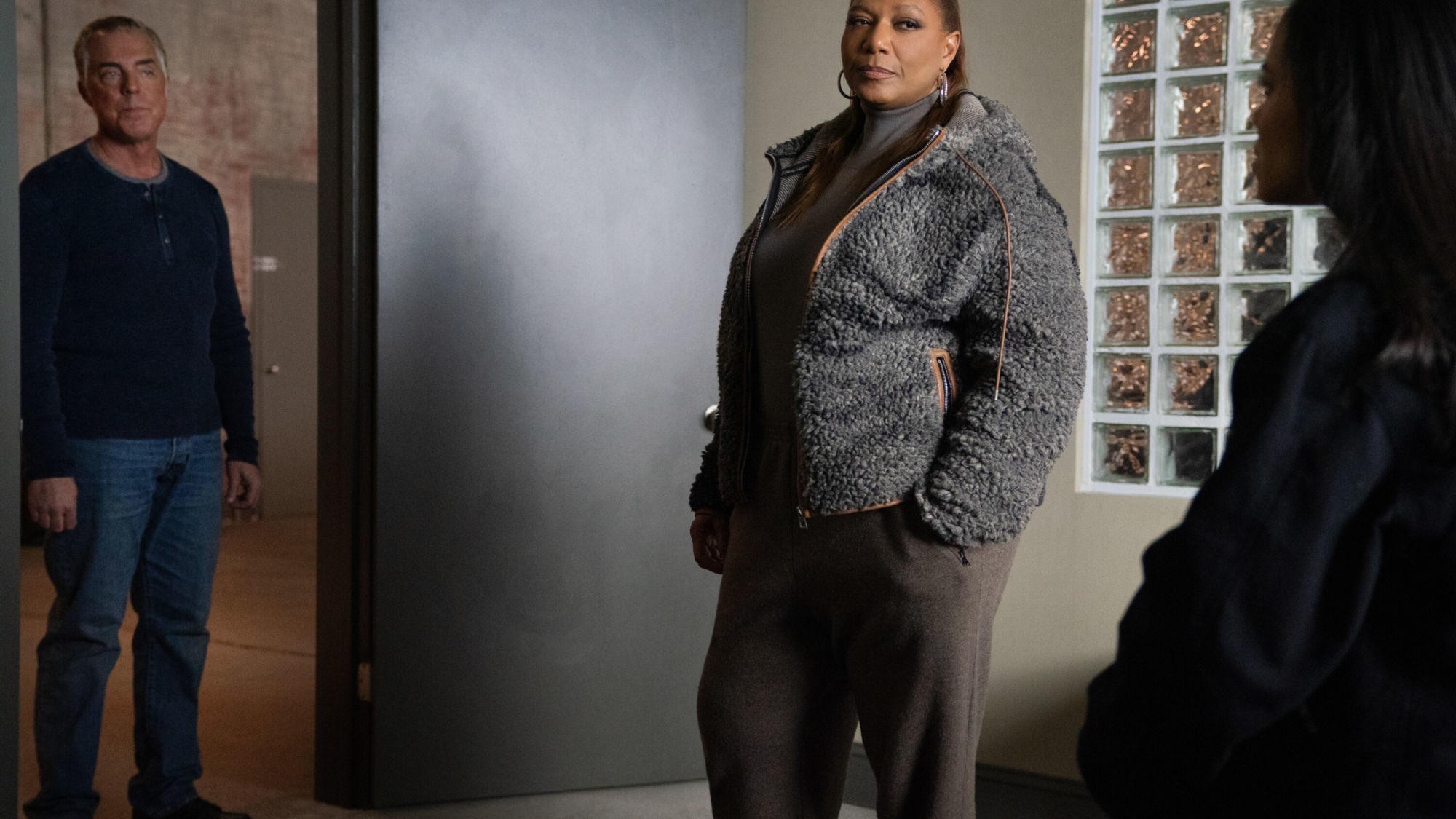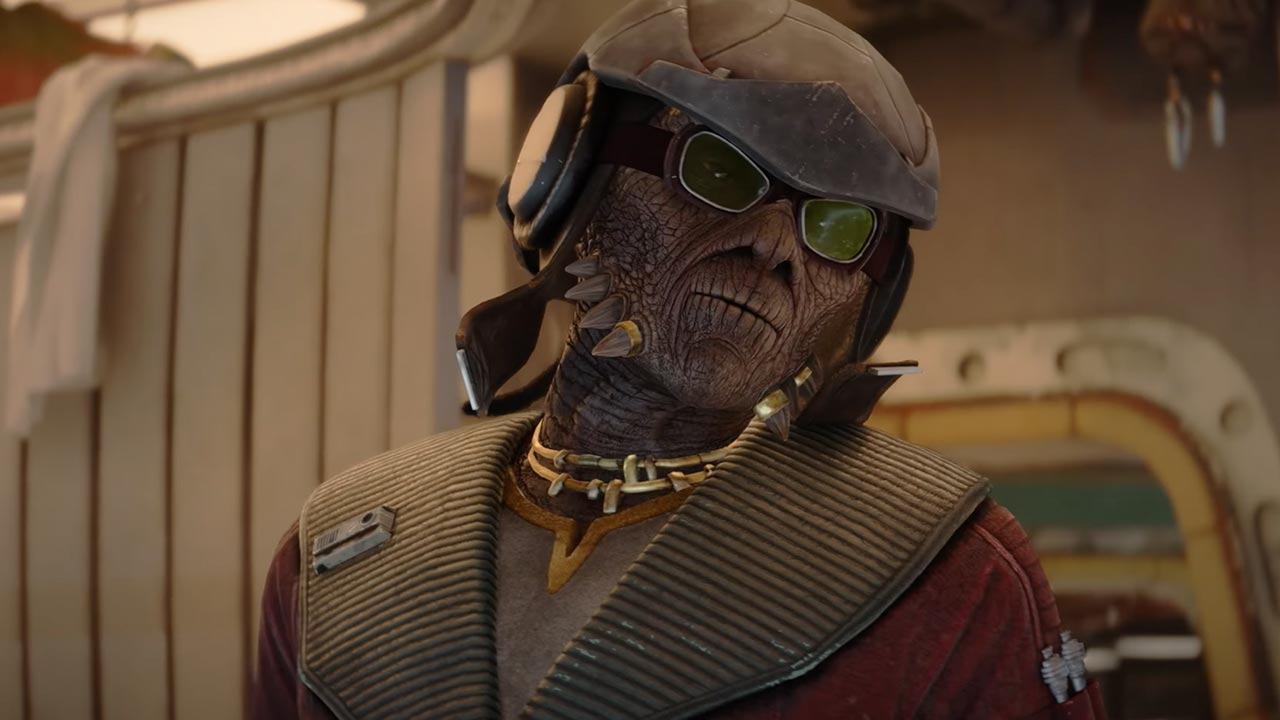The Creative Journey Behind 'ASTRO BOT' Revealed at GDC 2025

Fans of the beloved 'ASTRO BOT' franchise have likely heard the tale of how the sponge power-up came to life, but few are aware that the creative minds at Team Asobi explored even more eccentric power ideas during development. Concepts like a coffee grinder and a roulette wheel were among the wackier prototypes conceived prior to the game's release.
This intriguing insight was revealed during a recent presentation at the Game Developers Conference 2025, where Nicolas Doucet, the studio director of Team Asobi, delivered an engaging talk titled "The Making of 'ASTRO BOT'." Doucet shared invaluable behind-the-scenes details about the process that shaped the iconic PlayStation mascot platformer, showcasing early prototype images and discussing cut content that never made it into the final game.
Doucet began his compelling presentation by recounting the initial pitch for 'ASTRO BOT', which was crafted in May 2021, just months after Team Asobi embarked on its prototyping phase. Impressively, the pitch underwent 23 distinct revisions before being formally presented to the studio's upper management. The original pitch took an imaginative form: a delightful comic strip designed to illustrate the game's core elements and gameplay mechanics. This creative approach evidently captured the attention of decision-makers, leading to the projects approval.
One of the standout moments of Doucets talk was his discussion on the idea generation process at Team Asobi. While brainstorming is a common practice in game development, Doucet highlighted a unique method utilized by his team: they formed small groups of 5-6 individuals, each representing various disciplines within the studio. This diverse collaboration encouraged everyone to contribute their ideas using sticky notes, which ultimately resulted in an extensive and colorful brainstorming board.
However, not every concept generated during these brainstorming sessions transitioned into the prototyping phase. Doucet noted that only about 10% of the ideas were developed further. Despite this seemingly low percentage, the studio engaged in a significant amount of prototyping. He emphasized the importance of prototyping across all departments, explaining that even non-game design areas contributed to the creative process. For instance, audio designers invented a virtual theater inside 'ASTRO BOT' to experiment with haptic feedback linked to various sound effects, showcasing how different sounds could be enhanced by controller vibrations.
One of the key mechanics that emerged from this extensive prototyping effort was the sponge power-up. Doucet revealed that a dedicated team of programmers focused on prototyping ideas unrelated to traditional platforming mechanics. The result was an innovative sponge mechanic that involved squeezing the sponge dry using adaptive triggers, which was not only enjoyable but also integrated seamlessly into the game.
During the presentation, Doucet showcased an image that highlighted numerous prototypes created for 'ASTRO BOT', including both those that were implemented and those that were ultimately discarded. Among the prototypes were concepts such as a balloon, a tennis mini-game, a quirky walking wind-up toy, and indeed, the previously mentioned coffee grinder and roulette wheel.
In another enlightening segment of his talk, Doucet delved into the design philosophy behind the game's levels. He explained that each level was crafted with the intent to offer a distinct gameplay experience, ensuring players did not encounter repetitive mechanics. While the same power-ups could be employed across multiple levels, the studio made certain that the expression and application of these abilities felt sufficiently unique each time. Doucet provided an example of a cut level themed around bird flights, which was ultimately discarded due to its similarity in mechanics to the 'Go-Go Archipelago' level. This decision, he noted, was crucial for maintaining the overall variety and freshness of gameplay.
As the talk drew to a close, Doucet shared insights about the final scene in 'ASTRO BOT', offering spoilers for those who have not yet completed the game. In the climactic ending, players are tasked with reassembling a broken Astro Bot utilizing various limbs and assistance from other gathered bots. Initially, the concept involved presenting players with a dismembered Astro Bot, lacking a head and limbs, which led to considerable discontent among testers. Doucet indicated that the team ultimately opted for a less graphic version, resulting in a more intact character for players to piece back together.
Doucet's presentation was filled with intriguing anecdotes and nuggets of information regarding the development journey of 'ASTRO BOT'. The game, which earned a commendable 9/10 rating from IGN, has been celebrated not only as a brilliantly inventive platformer but also as a heartfelt homage for those who cherish the PlayStation legacy.
For more insights from the development world, follow Rebekah Valentine, a senior reporter for IGN, on BlueSky at @duckvalentine.bsky.social. If you have a story tip to share, reach out via email at rvalentine@ign.com.





























